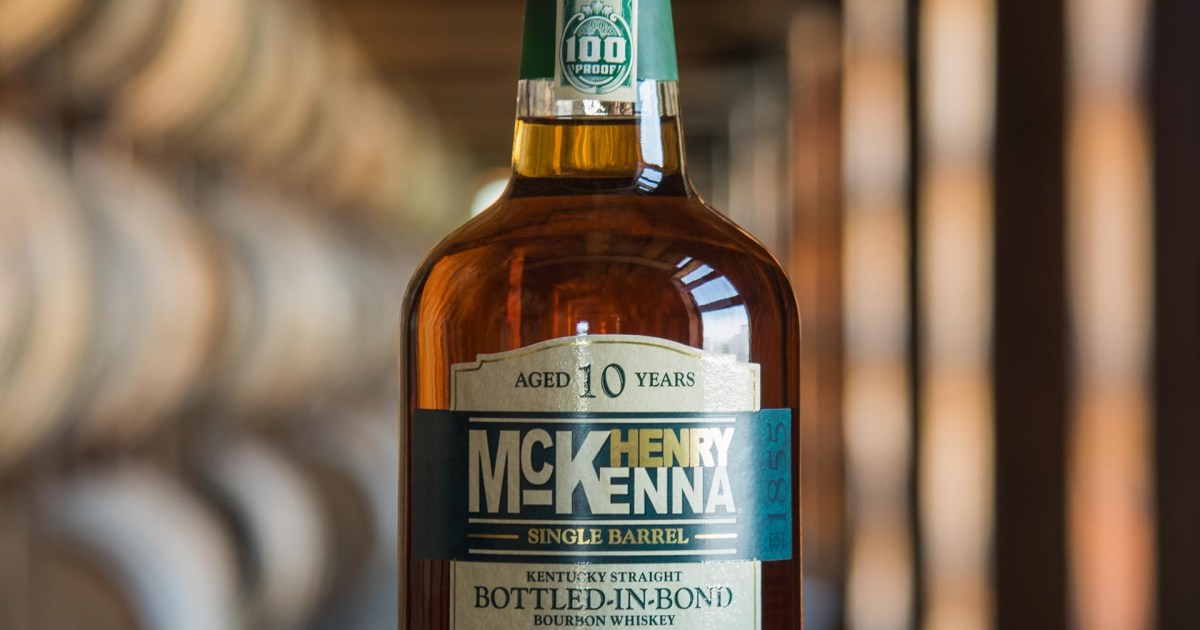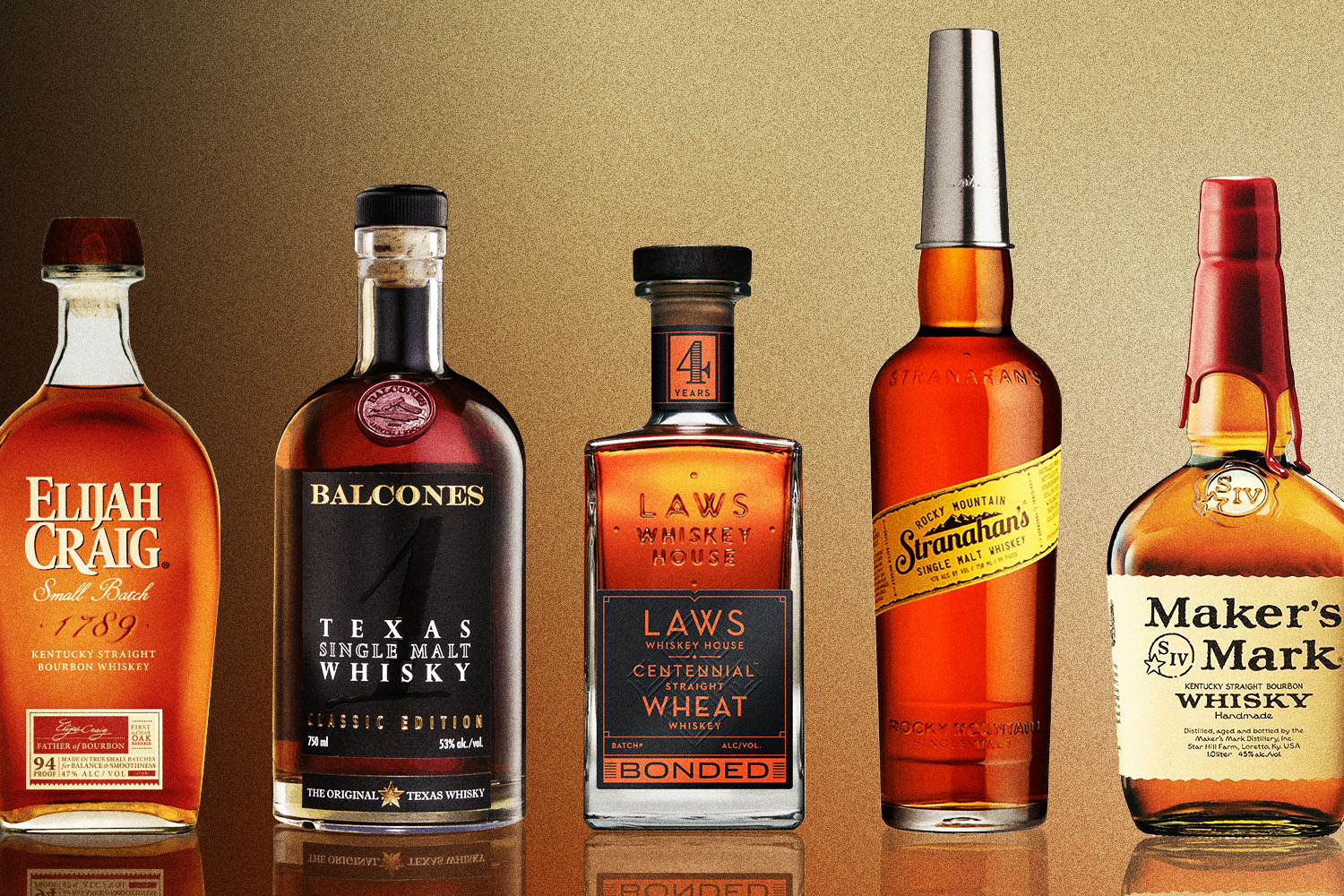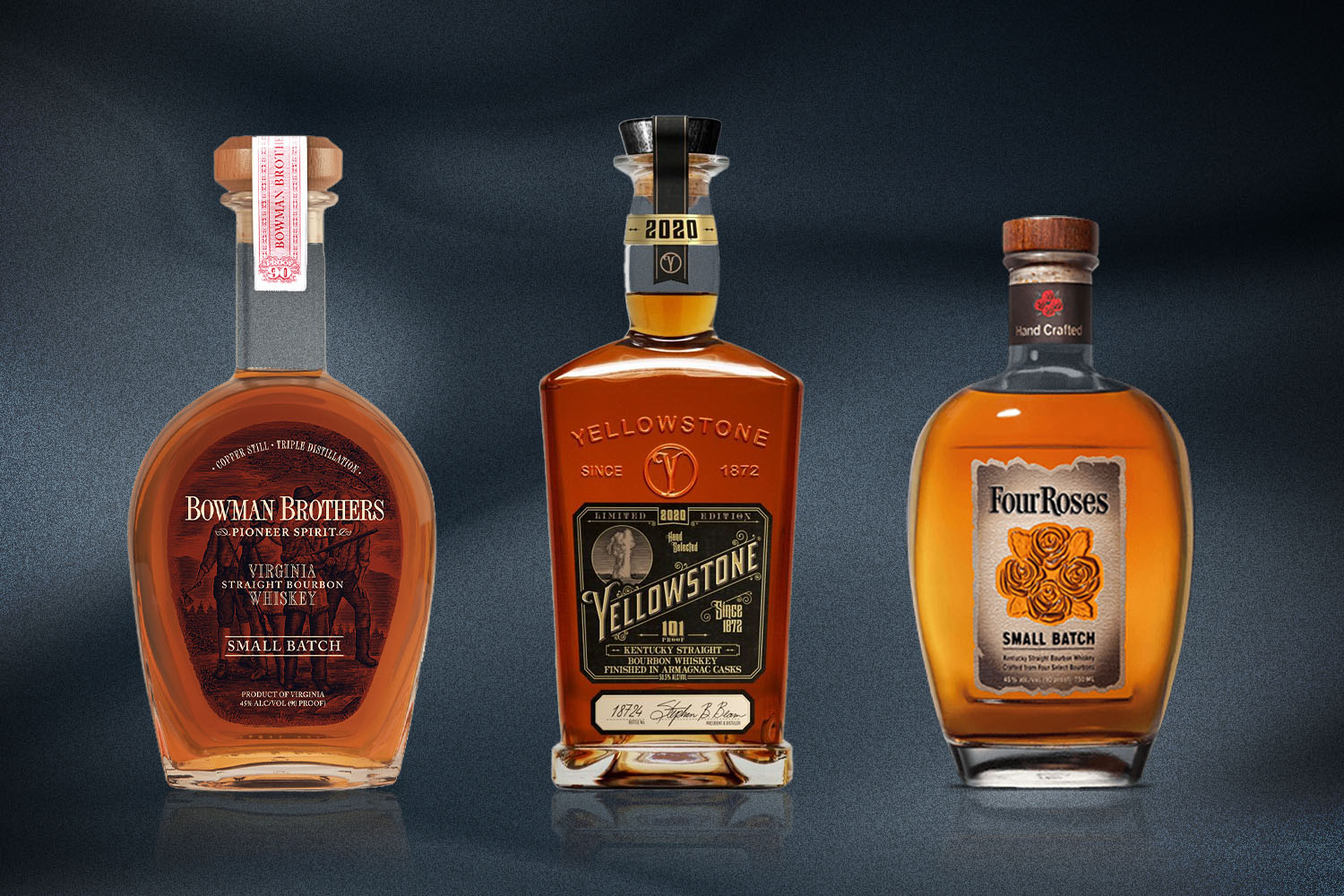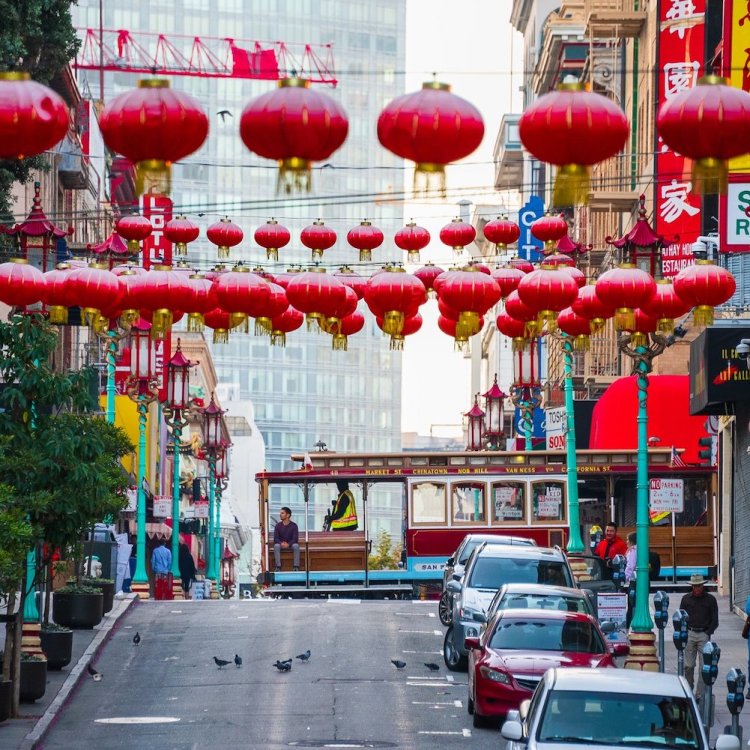RealClearLife has partnered with InsideHook, the essential lifestyle guide for adventurous and established men. Sign up to get the best of InsideHook’s recommendations and advice delivered to your inbox every weekday.
The best whiskey in the world costs 30 bucks.
And that’s not the most interesting thing about it.
The judges at the San Francisco World Spirits Competition — the Oscars of the booze world — just awarded Heaven Hill’s Distillery Henry McKenna Single Barrel Bourbon the “Best in Show Whiskey” prize. It’s only the second time a bourbon has won the top award, which factors in whiskies across a wide range (single malt Scotches, Irish whiskey, etc.) and usually goes to bottles that cost 3-5 times as much as McKenna’s hooch.
Henry McKenna is also labeled a bottled-in-bond spirit, a designation with a century-plus heritage that’s just recently seen a huge uptick in use among longtime distillers.
Some of our favorite new whiskey releases in the last 12 months have been labelled bottled in bond, so we did a little research and talked to a few bar industry experts about what exactly the label means … from both a legal/historical standpoint and when it hits your glass.
Hint: It’s gonna kick up your whiskey drinking experience a few notches, particularly when it comes to cocktails.
The history of bottled in bond: The Bottled-in-Bond Act of 1897 was one of our country’s first consumer protection laws, passed nine years before the Safe Food and Drug Act. During this time, American whiskey producers were adding, altering and diluting their product, so consumers were never quite sure what they were receiving. The BIB Act provided a government-backed guarantee to consumers that their whiskey was produced to a certain standard. (The distilleries did receive a tax incentive.)
“It was quality control for alcohol,” says Adam George, an award-winning bartender (NoMad Los Angeles) and founder of the Bottled in Bond LA drinks blog. “At the end of the 19th century, the glass bottle was becoming readily and cheaply available, and a lot of unscrupulous folks were adultering their whiskey.”
What it requires: The whiskey cannot be adulterated by any other substance. It has to be made at one distillery in one distilling season, aged for a minimum of four years in a government bonded warehouse under government supervision, and bottled at 100 Proof (50% ABV) — which is important, as you read on.
The significance now: It’s two-fold. “The real significance of bottled in bond is that people are clamoring for higher proof spirits, particularly mixologists,” says Jeff Arnett, Master Distiller of Jack Daniel’s. “You had a thirty-year period where higher proof was a killer and you had to lower your proof to sell. Not anymore.”
Besides upping the alcohol — which significantly helps cocktails that feel a little limp at the usual 40% ABV — it’s also a boon to old-school makers of whiskey. “Now you have so many non-producing brands entering the whiskey market,” says Arnett. “Because of the guidelines, a bottled-in-bond product will come from the manufacturers. Those brands who developed themselves purchasing liquids — and many of them are successful — they can’t do bottled in bond. It’s the old manufacturers re-asserting ourselves; we are the whiskey makers.”
It’s not just whiskey: Yes, you’re more likely to find this on bourbon or rye. But as George notes, technically any aged spirit made in the U.S. can get a bottled-in-bond designation — e.g. Laird’s, the oldest registered distillery in the country, makes a bonded Apple Brandy.
7 bottles to consider:
Henry McKenna Single Barrel Bourbon
The SFWSC winner is the longest aged Bottled-in-Bond spirit available today, a sweet and spicy sipper with notes of honey, vanilla and spice. — InsideHook
Rittenhouse Bottled In Bond Rye
View this post on Instagram
“This is my quintessential mixing rye whiskey, and my default bottle for a Manhattan or Old Fashioned. The spice, the proof and the quality always shine through.” — Adam George
Old Grand Dad Bottled In Bond Bourbon
View this post on Instagram
“A great mixing whiskey, this is also what’s known as a ‘high-rye’ bourbon, meaning that while the mashbill is at least 51% corn, it has a higher than average amount of rye in the other 49%, so there’s a larger spice that helps it stand up in cocktails.” — AG
Col. E.H. Taylor Bottled In Bond Rye
View this post on Instagram
“This is a phenomenal sipping rye made by Buffalo Trace, which was once known as the O.F.C. Distillery when it was owned by Col. Taylor (the distiller who led the movement for the Bottled In Bond Act). It’s a rye made from only rye and barley — no corn. It’s aged in Warehouse C, one of theWarehouses that Taylor built. It’s packed to the brim with baking spice and stone fruit.” — AG
For the complete list, go to InsideHook.
If you enjoyed this article from InsideHook, they also have an excellent daily email with similar articles that spans the wide world of men’s lifestyle. You can sign up here.
Join America's Fastest Growing Spirits Newsletter THE SPILL. Unlock all the reviews, recipes and revelry — and get 15% off award-winning La Tierra de Acre Mezcal.























